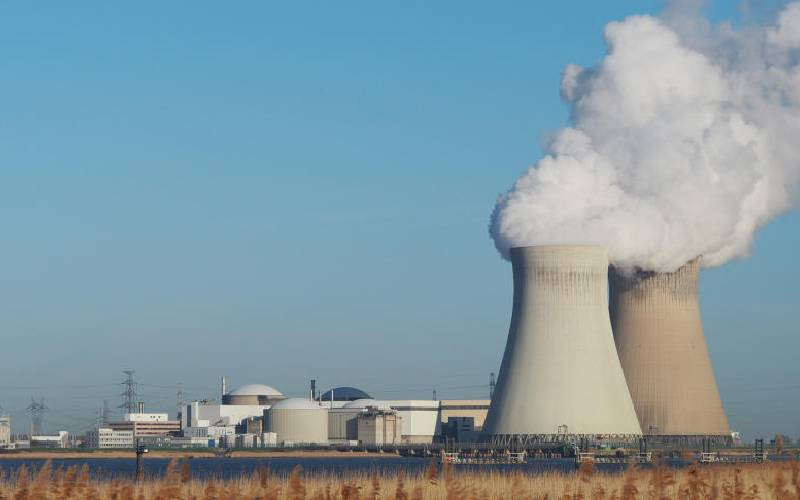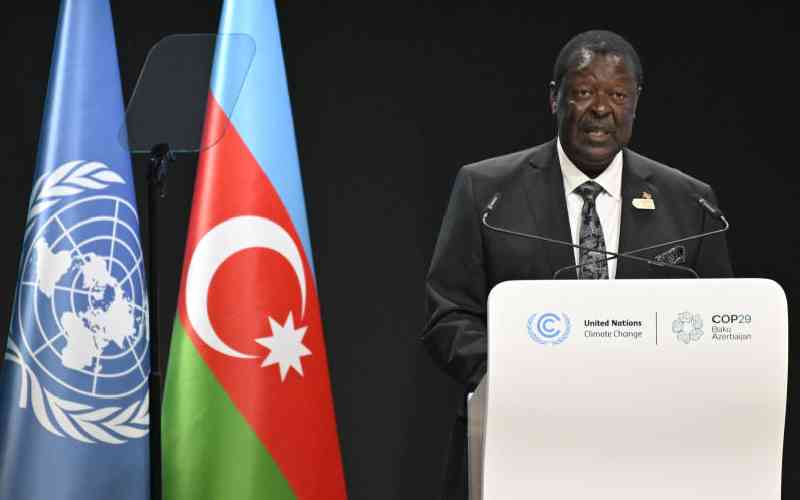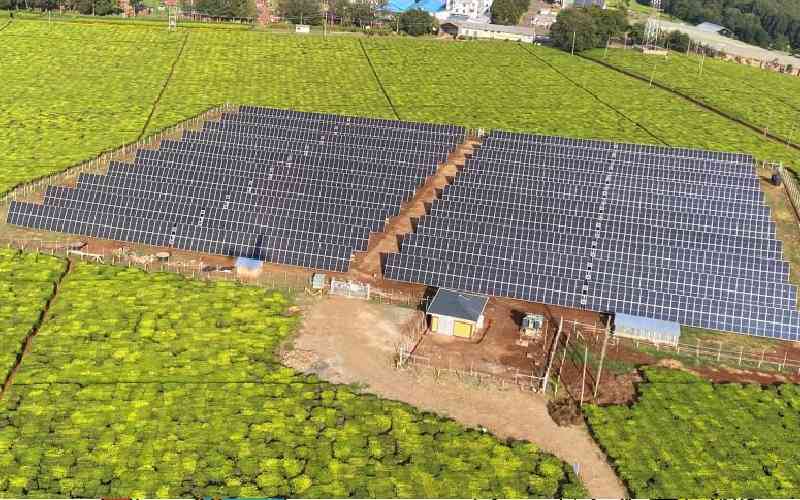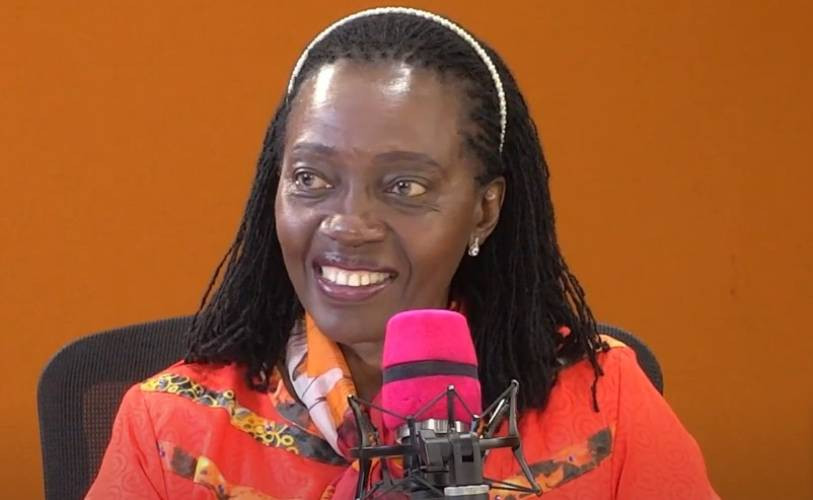
Energy remains a key enabler and strategic component in the realisation of Vision 2030, as well as attainment of President Uhuru Kenyatta’s Big Four agenda.
Robust energy supply, coupled with competitive pricing is key to attaining a stable economy.
In the fulfillment of its mandate, Kenya Electricity Transmission Company (Ketraco) is implementing the 290km Olkaria-Lessos-Kisumu double circuit power transmission line christened the OLK project.
It traverses five counties of Nakuru, Kericho, Uasin Gishu, Nandi and Kisumu. The project entails the construction of 400kV line between Olkaria II and Lessos substations, 220kV line between Lessos and Kibos (new) substations, 132kV line between Kibos (new) substation and Mamboleo substation.
A new 220/132/33kV step-down substation at Kibos and extension of existing substations at Olkaria II and Mamboleo (Kisumu) are also part of the project. The project, now 75 per cent complete, will be commissioned in January 2021, during which it will be charged and operated initially at 220kV.
It will be benefit all power users in the region, including industrial, commercial and domestic; farmers, learning and research institutions as well as turn around the economy.
Project benefits
With the new, higher voltage and power capacity link (at 220kV) line operating in parallel to the existing 132kV line; both the congestion and technical losses will be reduced.
The new Kibos 220/132/33kV substation will provide alternative 132/33kV bulk supply to Kisumu from a close proximity. Current alternatives for Kisumu city are Muhoroni (Awasi), Rangála in Siaya and Musaga in Webuye – all ‘remotely’ sited relative to the load centre.
Kakamega County has been identified as a potential regional hub with investment opportunities expected to open up the region via the 72km 220kV Kisumu-Kakamega–Musaga line.
Overall, it leads to better voltage profiles as the voltage loss is mitigated by the higher transmission voltage line (from 132kV to 220kV) and reduced incidences of loss of supply, especially in the evening, and enhanced capability to meet export needs or demands to Uganda and beyond.
This also supports Eastern Africa Power Pool initiative that seeks to promote regional power trading. It will also lead to reduced or cessation of the need of Muhoroni’s Gas Turbine Plant as well as enhanced environmental conservation.
Reduced imports from Uganda, enhanced utilisation of local resources, especially higher geothermal and wind power uptake, reduced steam and wind energy resource loss has also been cited as a key benefit.
The OLK link will guarantee bulk energy supply security sourced from the sustainable geothermal resources at Olkaria and the wind supply from Loiyangalani via Suswa sub-station.
Stay informed. Subscribe to our newsletter
With a stabilised western sub-grid, there will be no need for associated load management expenses by the distributor.
The line is expected to transmit clean, renewable energy from Olkaria. The project’s funding as well as supervision consultancy services have been secured from JICA. The State is responsible for all other costs including wayleave acquisition.
It will cost Sh18.2 billion out of which Kenya has contributed Sh4.02 billion. The project was due for completion early 2018 but faced budgetary woes and Covid-19.
-The writer is Ketraco CEO
 The Standard Group Plc is a
multi-media organization with investments in media platforms spanning newspaper
print operations, television, radio broadcasting, digital and online services. The
Standard Group is recognized as a leading multi-media house in Kenya with a key
influence in matters of national and international interest.
The Standard Group Plc is a
multi-media organization with investments in media platforms spanning newspaper
print operations, television, radio broadcasting, digital and online services. The
Standard Group is recognized as a leading multi-media house in Kenya with a key
influence in matters of national and international interest.
 The Standard Group Plc is a
multi-media organization with investments in media platforms spanning newspaper
print operations, television, radio broadcasting, digital and online services. The
Standard Group is recognized as a leading multi-media house in Kenya with a key
influence in matters of national and international interest.
The Standard Group Plc is a
multi-media organization with investments in media platforms spanning newspaper
print operations, television, radio broadcasting, digital and online services. The
Standard Group is recognized as a leading multi-media house in Kenya with a key
influence in matters of national and international interest.










